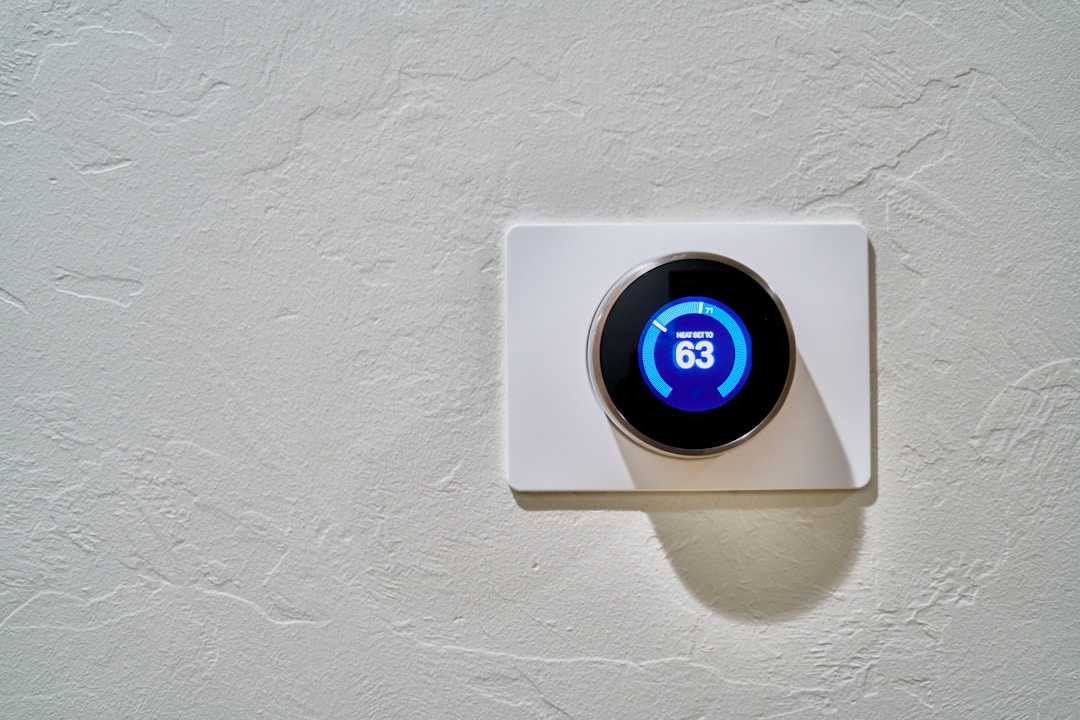Your home’s temperature can affect your health. According to the National Institutes of Health, if your home’s too cold, you may suffer from higher blood pressure or respiratory issues, such as colds, or cardiovascular issues, such as high blood pressure or pneumonia.
Many areas in the United States get snow during the winter months, and people may use their heater every day throughout the winter, contributing to higher energy bills. There are ways to protect your home and ensure comfort during the winter months without breaking the bank. Let’s look at four things you can do to ensure your home stays warm and comfortable this winter.
1. Clean your gutters.

Your gutters are long troughs that run along your home’s roofline. When comparing all the components that make up a house, gutters aren’t expensive, and many homeowners may overlook their significance. Gutters perform the crucial task of enabling precipitation to flow away from your roof. Melting snow or rain can back up on your roof, eventually seeping through to your attic. When this happens, you’ll have roof repairs to contend with in addition to internal damage. Moisture in your home can rot through support beams and floorboards. Moisture also causes mold growth, leading to expensive remediation costs. While expenses from leaks may be covered by homeowners insurance in some cases, you may have to pay out of pocket if a lack of household maintenance causes the damage.
Home maintenance experts, such as professional gutter cleaners, check your gutters in the fall. They remove debris, such as leaves or branches. Removing obstructions ensures your gutters work correctly. Gutter cleaners also remove nests from your gutters and check to ensure your gutters are attached correctly. You can be confident you’re ready for a Charleston winter when you hire professional gutter cleaners to inspect and clean your gutters before winter. This is a minor maintenance expense that protects your roof, your home’s interior, and your home’s foundation.
2. Install energy-efficient windows.

Many older homes have old windows that allow unwanted drafts. Eliminating these drafts helps reduce your energy bills because you won’t force your furnace to work harder to keep your home warm. Replacing your home’s old windows is a great way to extend the life of your HVAC system and save money on electric bills. You also won’t find yourself avoiding drafty rooms or moving furniture away from your windows to avoid chilly zones in your home.
3. Have your furnace serviced.

Your home’s furnace has a significant impact on your home’s warmth and comfort level during the winter. Investing in maintenance is an excellent way to prevent your furnace from breaking down and preventing expensive furnace repair costs. Licensed heating, ventilation, and air conditioning (HVAC) technicians will inspect your furnace. These experts clean dirty components, replace air filters and replace worn parts before they break down, ensuring your heating system works correctly during the colder months.
Preseason maintenance is crucial because emergency repairs are expensive. They’re also disruptive. Suppose your home’s furnace breaks down during a blizzard or prolonged cold snap. You may have to stay at a hotel until your furnace is repaired, increasing the repair costs. Water pipes can also burst, causing property damage. Preventing your furnace from breaking down is the best way to manage these costs.
4. Invest in rugs and curtains.

Rugs add an extra layer of insulation to your floors. Consequently, they help keep your feet warmer than they’d be if you walked on a floor without a rug. You can also prevent drafts and add an extra layer of insulation to your windows with blackout curtains. These thick curtains make it harder for air to flow through, helping you maintain a desirable indoor temperature.
Investing in appropriate maintenance will keep your home warm and comfortable during the winter. Installing energy-efficient windows, curtains, and area rugs will also help you maintain a comfortable temperature.


